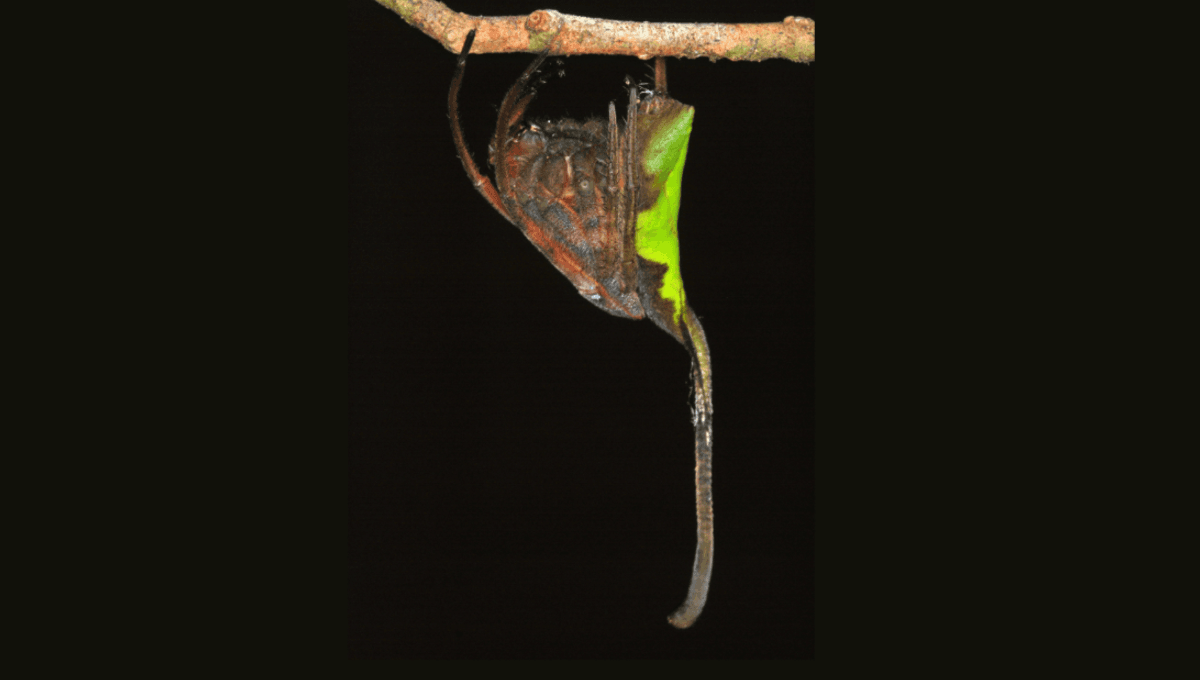
Plenty of animals are masters of camouflage, but the genus Poltys needs a special shout-out. Pay close attention or you’ll undoubtedly mistake these strange spiders for a crunchy leaf or a fallen twig.
The rest of this article is behind a paywall. Please sign in or subscribe to access the full content.
Poltys is a genus of orb-weaver spiders, a family known for their ability to craft spiral wheel-shaped webs. Many species are nocturnal, constructing or repairing their webs at sunset to catch flying insects during the night. They often eat up their webs in the early morning, making daytime relatively quiet and potentially dangerous.
To stay hidden from predators during the sunlight hours, Poltys has uniquely adapted anatomical features that make these spiders look like twigs, leaves, and other bits of vegetation. They will settle in a location, curl up in a good shape, then stay still for hours.
This is a prime example of evolution by natural selection. The process didn’t happen overnight with dramatic transformations but with tiny, almost imperceptible differences, like slightly bumpier bodies, a hint of coloration that blended in with its leafy surroundings, and so on.
Over countless generations, individuals that best resembled leaves, bark, or twigs were more likely to avoid predators and survive long enough to reproduce, passing on their genes to the next generation. Little by little, those advantageous traits accumulated, leading to the array of disguises we see today in Poltys spiders.
There are dozens of species – and new ones are still being discovered – found across Africa, Asia, and Australia.
One such species is Poltys idae, also known as the Dead Leaf Spider for obvious reasons. Native to Asia, its body is a striking mix of green and brown, mimicking both live and dry leaves. Its disguise is so detailed that even the leaf stalk, veins, and textures are convincingly replicated.
Other genera of spiders use other ingenious ways to stay hidden in their natural habitat. Take, for instance, bird-dung spiders (Phrynarachne ceylonica) that look like the droppings of their predators. They even smell like bird poop, a quality that further enhances their disguise while attracting flies to eat.
Source Link: This "Dead Leaf" Is Actually A Spider That's Evolved As A Master Of Disguise And Trickery